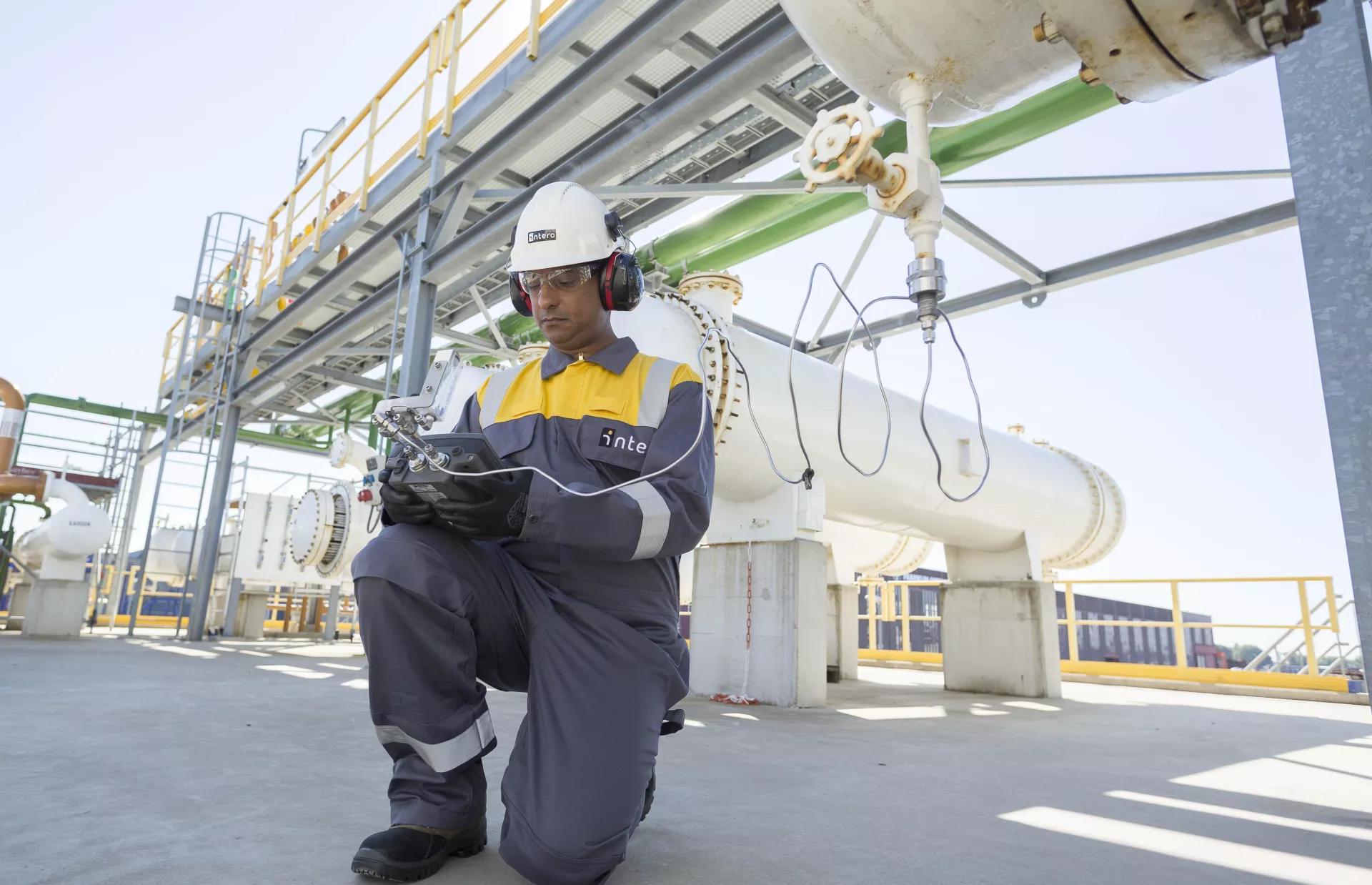
Pneumatic testing
Strength testing is a technique used in the oil and gas industry to prove the mechanical strength and integrity of pressure containing components in a system. The purpose of pneumatic strength testing is to verify that a system may be safely subjected to its maximum operating pressure by testing it beyond its designed pressure limit.
The pneumatic strength test uses air, or an inert gas medium such as nitrogen, to pressurize the system to 110% of its designed pressure limit. A holding period is then applied for a fixed amount of time and the results monitored to determine the safety and integrity of the system.
Benefits of pneumatic testing:
- Accurate test results means confidence in the integrity of the system
- No need to dry or clean the system after testing
- Will not lead to contamination of pipelines or systems
- Certified test with full records and charts provided.
In circumstances when hydrostatic testing is not possible, for instance, the weight of hydro test water is too high for the pipe support system (e.g. gas service piping) and when the introduction of water to the piping may be detrimental to the process (e.g. catalyst or reactor contamination, cryogenic service system), then the components or system can be tested with nitrogen. Since the test medium is gaseous, it has the ability to compress and contain a large amount of stored energy (typically 200 times greater than a hydrostatic test at the same free volume and pressure condition). Extreme caution is required when using this technique. However, the specialized team at Intero Integrity Services will ensure design specifications are reviewed and a detailed risk analysis completed before testing with a compressible medium.